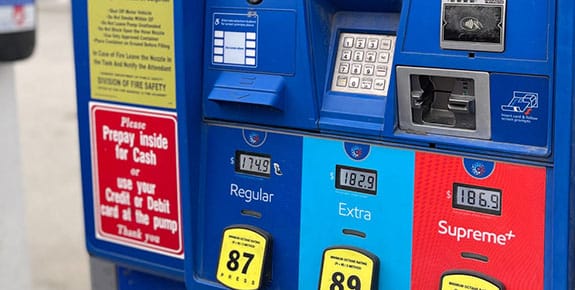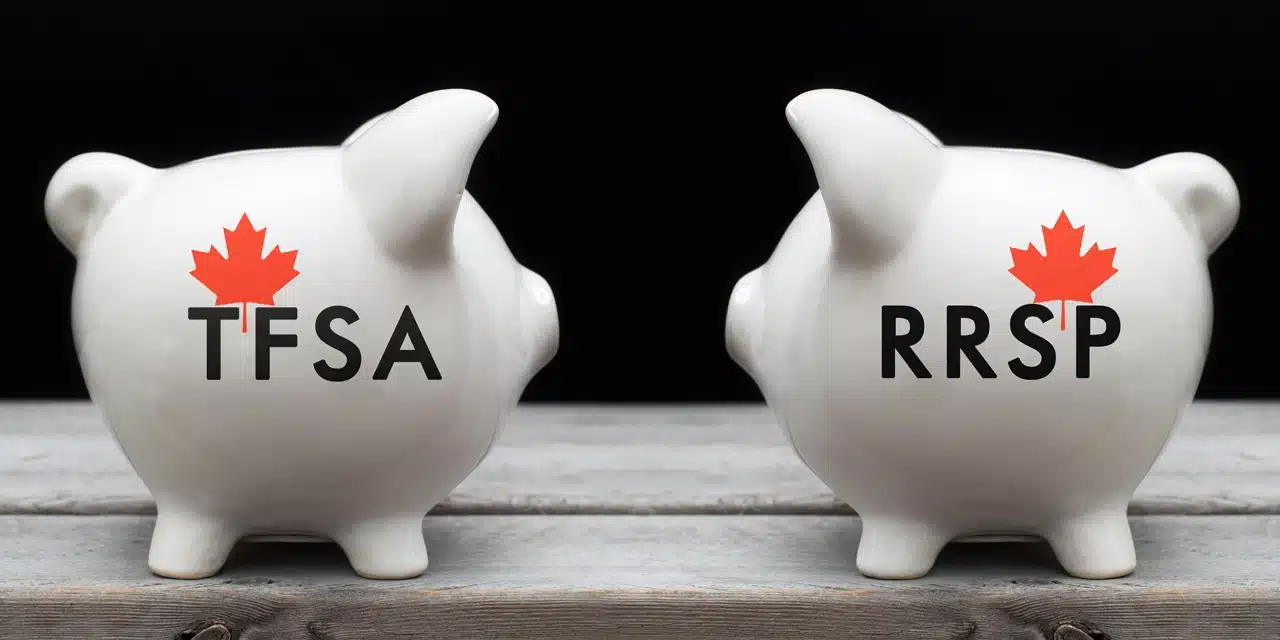By Harvest ETFs
The Russian invasion of Ukraine has created an international humanitarian crisis and turned already accelerating energy markets into overdrive. Oil and Gas prices have hit record highs due to combination of supply concerns and western sanctions against Russia. On March 8th the UK and US announced they would ban Russian oil imports.

While so much remains uncertain in this conflict, we are already seeing structural change in Europe and the United States that points towards positivity for Clean Energy. Many of those trends are captured in the Harvest Clean Energy ETF (HCLN:TSX).
Europe accelerates renewable energy plans
Arguably the loudest and most recent push towards clean energy has come from Western Europe, where key economies have long struggled with Russian pressure exerted via pipeline. Germany’s new government, which includes the German Greens as a junior coalition partner, has been particularly vocal about renewables and clean energy as a way to relieve this pressure. The German government has revised their target date for a fully renewable energy grid to 2035 from 2050, and the German finance minister has referred to solar energy and wind power as “freedom energies.”
Germany has long led EU policy, and the EU has committed to cutting its Russian gas imports by two-thirds within the year. While that might not seem as dramatic as the US and UK bans, it should be noted that the EU relies far more heavily on Russian energy than those two countries and, according to The Financial Times, accounts for 60% of all Russian energy exports.
Oil and gas from North America, Gulf states, and Caspian producers like Azerbaijan will likely make up some of the gap in the short-term. However, EU states have announced their willingness to shift power grids towards clean energy and renewable sources. That is in part because, according to the UK-based think tank Carbon Tracker, renewable energy sources can be scaled up faster and cheaper than building new expensive terminals for liquified natural gas (LNG) which is how many of these ‘bridging’ energy imports would arrive in Europe.
While political will in Europe may be pushing the continent towards clean energy now, investment and technological progress from across the globe has helped make a stronger business case for renewables.
US clean energy investments go beyond Build Back Better
For much of 2021, clean energy investors seemed to be waiting for the US congress to pass the Build Back Better bill. That bill contained significant earmarks for clean energy investment and infrastructure, its holdup in Congress has put pressure on clean energy stocks. However, that frustration over one landmark bill has clouded some of the Biden administration’s additional clean energy initiatives. The 2021 infrastructure bill, passed with bipartisan support, set aside more than $30 billion in funding to build new clean energy projects.
In mid-February, the White House unveiled a set of new policies aimed at overhauling US industry as well, with a focus on decarbonization and increasing the efficiency of clean energy initiatives. According to The Atlantic many of these policies have already been authorized as part of the infrastructure bill and apply clean energy solutions to the production of steel, concrete, chemicals and other major industrial products that are a significant source of global emissions. These initiatives include a plan to spend $9.5 billion to boost US hydrogen production and an initiative to reduce the cost of hydrogen production using renewable energy by 80% over the course of a decade.
That sort of cost reduction would bring hydrogen production in line with other renewable resources which have seen their costs come down dramatically in recent years. In 2020 the International Energy Agency called solar energy “the cheapest electricity source in history,” noting that utility-scale solar projects in Europe and the US cost $30-60/MWh and $20-40/MWh in China and India. That’s compared to $110/MWh for coal in the US ($85/MWh in India). While short-term supply-chain issues have limited the cost savings of clean energies over the past 18 months, the fact of cheaper clean energy tech is already being realized as China and key Gulf states make significant investments in clean energy tech.
Even if build back better continues to be held up, the additional efforts by the Biden administration could herald the renewed commitment of the world’s largest economy to the adoption of clean energy.
Capturing the mega trend with the Harvest Clean Energy ETF
The heightened geopolitical risks in Europe, and an improving business case in the rest of the world, are short-term catalysts for clean energy. However, they fit within a much wider mega-trend: the global transition away from fossil fuels and towards clean energy sources. The Harvest Clean Energy ETF (HCLN:TSX) was built to capture that long-term trend.
The passively managed ETF holds an equally weighted basket of the 40 largest clean energy companies by market capitalization. It is globally diversified to capture adoption trends in Europe, North America and Asia and built with Harvest’s quality-focused investment philosophy. It is diversified by clean energy subsector, too, with companies like German biofuel producer VERBIO next to the American SolarEdge, and Danish windmill producer Vestas.
This unique design and philosophy means the HCLN portfolio skews to larger-capitalization companies with the market share to capture value from the positive trends we see today, and the scale and market share to weather downturns to weather downturns that occur in this still-emerging space.
We believe that clean energy is the long-term future of global energy production, that some of these short-term catalysts can power growth opportunities today, and that clean energy is a space investors should consider simply because the geopolitical and business cases for the sector have become clear.
To find out how your clients can benefit from this strategy call Harvest ETFs 1-866-998-8298.
For more on Harvest Equity Growth Focused ETFs click here.
Related articles
- In Volatile Times, look for Quality – Portfolio Manager explains how a vision for quality can help investors in uncertain times
- Harvest’s 5 Market Megatrend ETFs – Learn how Harvest ETFs is capturing 5 mega trends shaping our world














